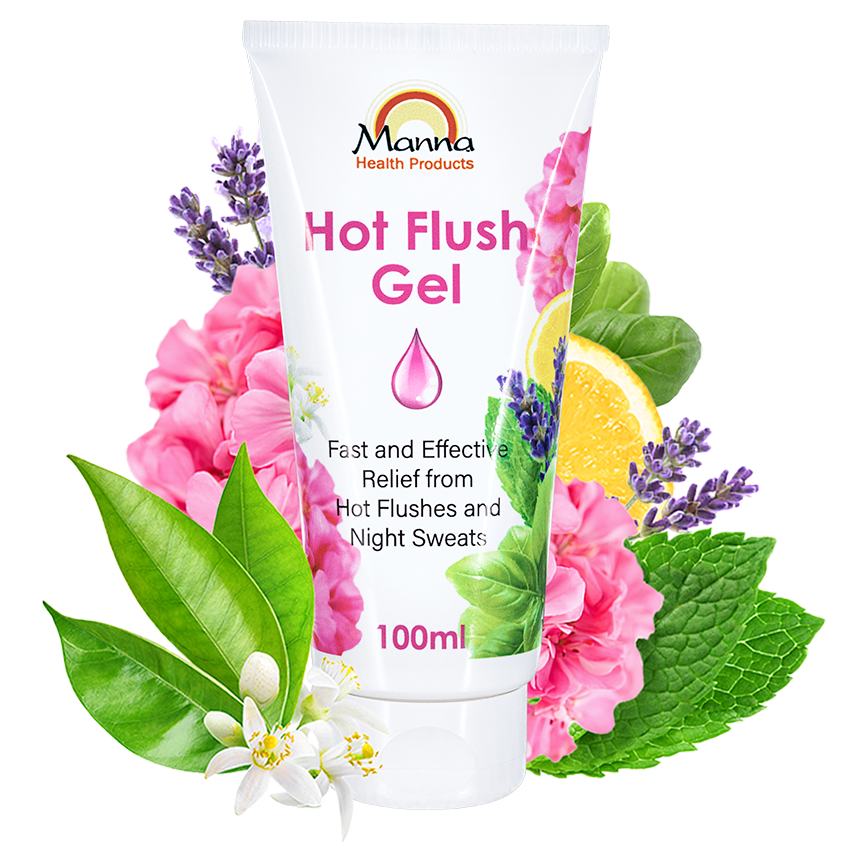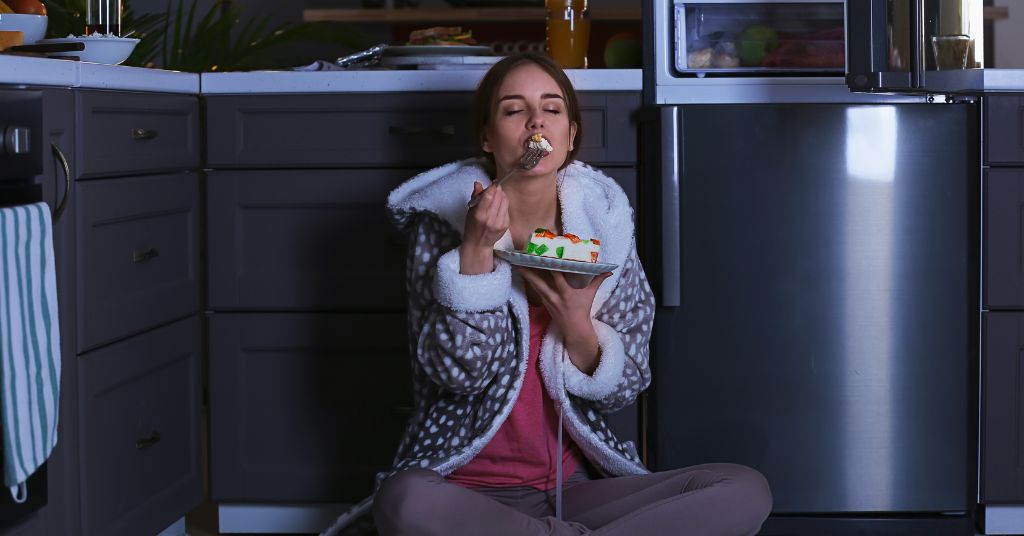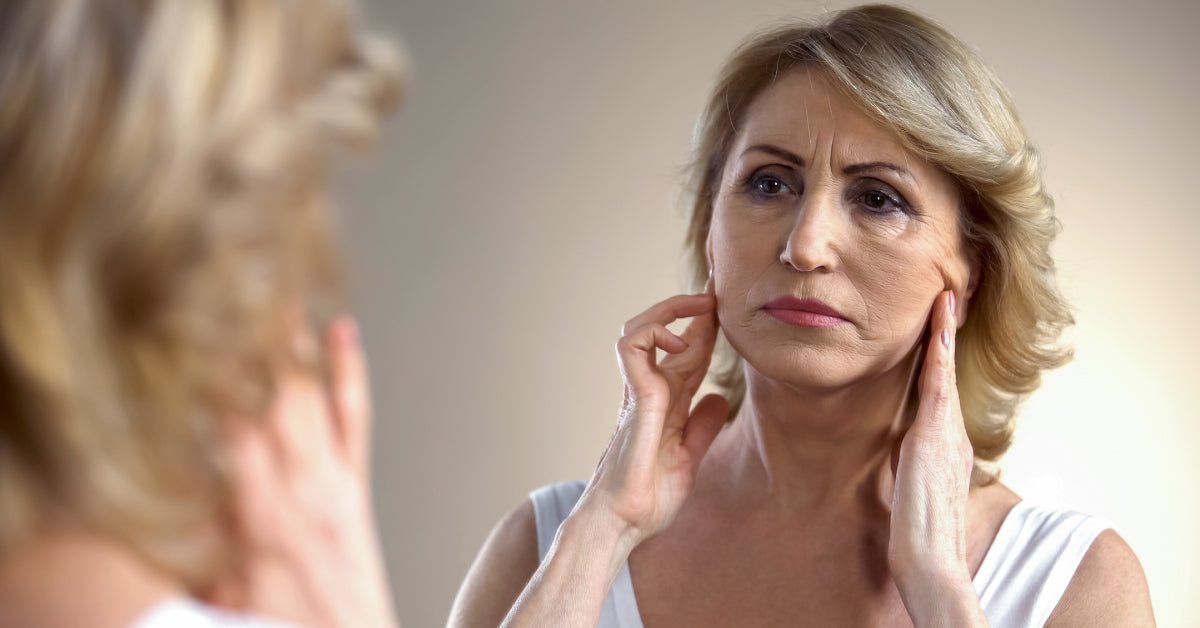Dealing With Hot Flashes During Menopause
Hot flashes are sudden episodes of intense warmth that can feel overwhelming. The face, neck, and chest often become flushed, and sweating may follow. Some women also notice a racing heartbeat, tingling, or chills once the episode passes.
Hot flashes are one of the most common symptoms of menopause. While they are not dangerous, they can disrupt comfort, confidence, sleep, and daily routines.
What Hot Flashes Feel Like
For many women, hot flashes occur daily during menopause. A single episode may last a few seconds or several minutes, and intensity can vary from mild warmth to sudden, intense heat that stops you in your tracks.
Night-time hot flashes, often called night sweats, can be especially difficult. Repeated waking affects sleep quality, energy levels, and emotional wellbeing during the day.
Common symptoms include:
- A sudden wave of heat through the body
- Redness of the face, neck, ears, or chest
- Sweating, particularly in the upper body
- Tingling in the fingers or hands
- A faster than usual heartbeat
On average, hot flashes can continue for several years. This is why many women look for ways to support comfort rather than relying on short-term fixes alone.
Why Hot Flashes Happen
The most common cause of hot flashes is changing hormone levels before, during, and after menopause. As estrogen levels decline, the body’s internal temperature regulation becomes more sensitive.
This sensitivity involves the hypothalamus, the part of the brain responsible for regulating body temperature. Small changes that would normally go unnoticed may trigger the body to react as if it is overheating, resulting in a hot flash as the body tries to cool itself down.
Stress, blood sugar fluctuations, and overall metabolic changes can also influence how often hot flashes occur and how intense they feel.
Common Triggers That Can Make Hot Flashes Worse
Some women notice clear triggers, while others experience hot flashes without warning. Identifying personal triggers can help reduce frequency, but it is not always enough on its own.
Common triggers include:
- Spicy foods
- Alcohol
- Hot drinks
- Caffeine
- Warm environments
- Tight or synthetic clothing
- Stress and anxiety
- Blood sugar fluctuations
- Smoking
Supporting Comfort During Hot Flashes
Managing hot flashes often requires a combination of daily habits and practical, on-the-spot support. While lifestyle changes can help reduce frequency, many women still need immediate relief when a hot flash strikes.
Helpful lifestyle strategies include:
- Keeping your sleeping environment cool
- Wearing breathable, layered clothing
- Limiting caffeine and alcohol
- Managing stress through breathing, movement, or relaxation practices
- Eating balanced meals to support steady blood sugar
These steps support overall wellbeing, but they do not always help in the moment when sudden heat appears.
How Manna Hot Flush Gel Helps
Manna Hot Flush Gel is designed for fast, topical comfort during sudden heat episodes. It does not work internally or alter hormones. Instead, it provides an immediate cooling and calming sensation when applied to the skin.
This makes it ideal for use during the day or night, whether you are at work, at home, or trying to get back to sleep.
Key ingredients and their role:
- Peppermint provides a natural cooling sensation that helps the body feel cooler quickly
- MSM supports skin comfort and helps create a soothing application experience
- Clary Sage is traditionally associated with female wellbeing and offers calming sensory support
- Lavender helps promote relaxation and ease tension that may accompany hot flushes
- Geranium supports skin comfort and contributes to a balanced, pleasant aroma
- Basil Oil supports comfort and complements the cooling effect of the gel
- Lemon Peel Oil adds a fresh, uplifting sensation
- Neroli provides a calming aroma that supports emotional ease
The lightweight gel absorbs quickly and can be applied to areas such as the neck, chest, wrists, or behind the ears whenever a hot flush occurs.
Why Topical Support Matters
Hot flashes often arrive without warning. Having a topical solution available allows you to respond immediately rather than waiting for the episode to pass.
Manna Hot Flush Gel fits easily into a handbag or bedside drawer, making it a practical option for real-life use. It supports comfort when you need it most, without relying on stimulation or heavy fragrances.
Final Thoughts
Hot flashes are a normal part of menopause, but they do not have to control your day or disturb your sleep. Understanding what triggers them and how your body responds allows you to make supportive, confident choices.
With practical lifestyle habits and fast-acting topical support like Manna Hot Flush Gel, many women find it easier to move through hot flush episodes with greater comfort and peace of mind.


















